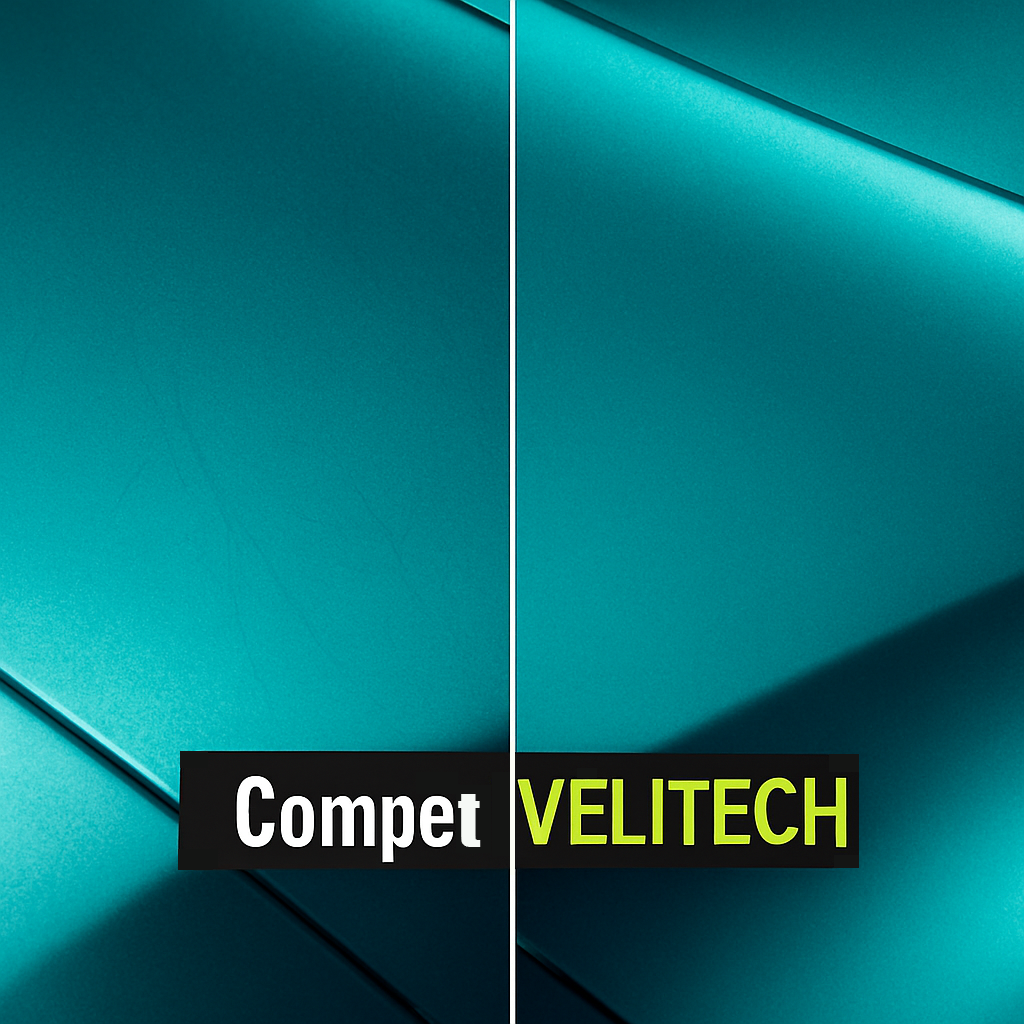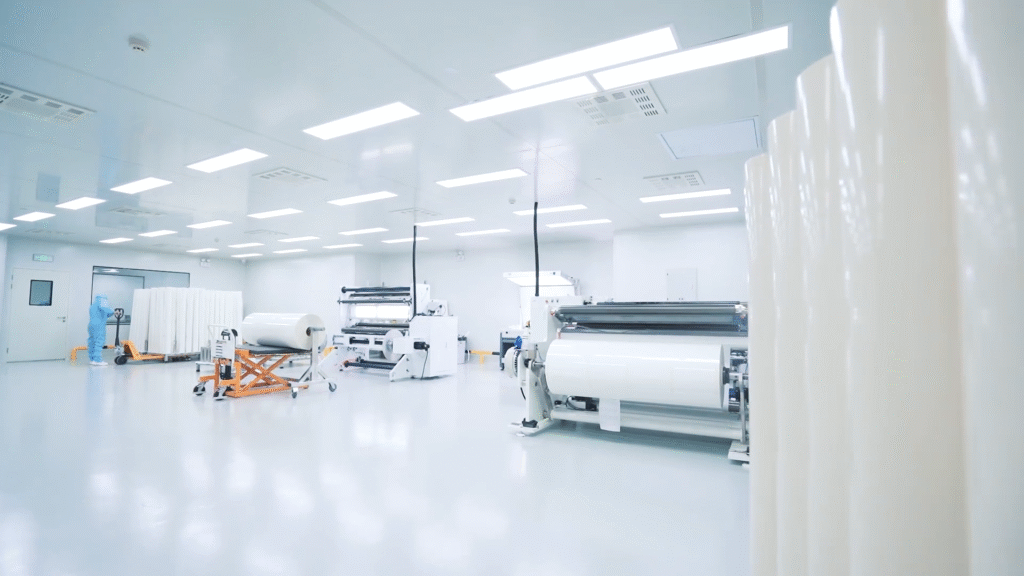Paint Protection Film (PPF) has become one of the most popular choices for car owners who want to protect their vehicle’s paintwork from scratches, chips, road debris, and environmental damage. But as more people invest in PPF, a common question arises: Does PPF turn yellow over time?
Let’s dive into the facts and help you understand what causes yellowing, how to prevent it, and what modern technology has done to solve the issue.
What Causes PPF to Yellow?
In the early days of PPF technology, yellowing was a real concern. Many films were made from basic polyurethane materials that lacked sufficient UV protection. When exposed to sunlight, heat, and pollutants, these films would begin to oxidize and turn yellow—especially on white and light-colored vehicles where discoloration was more noticeable.
The main causes of yellowing include.


UV Radiation: Prolonged sun exposure breaks down polymers in low-quality films.
Environmental Contaminants: Air pollution, acid rain, and road chemicals can accelerate discoloration.
Low-Grade Materials: Budget PPF products often lack the UV stabilizers or topcoats needed for long-term clarity.
Improper Maintenance: Using harsh chemicals or failing to clean the surface regularly can cause yellowing.
Velitech’s Modern PPF: A Major Upgrade
Velitech’s premium PPF is a whole different story. The best products on the market—especially those made from thermoplastic polyurethane (TPU) with special treatment —have advanced significantly.
Here’s how high-end films combat yellowing:
✅ UV-Resistant Topcoats: Designed to block UV rays and prevent breakdown.
✅ Self-Healing Properties: Minor scratches and swirl marks disappear with heat, keeping the surface looking fresh.
✅ Hydrophobic Technology: Resists dirt, grime, and contaminants, making cleaning easier and less frequent.
✅ Color-Stable Formulas: Engineered for optical clarity, these films stay crystal clear for years.

Brands like Velitech, XPEL, Llumar, Stek, and Suntek have set industry standards by producing films that resist yellowing even in harsh environments.
Does Yellowing Still Happen Today?
In short: it can, but only under certain conditions. If you choose a low-quality film or have it installed improperly, yellowing may still occur. However, if you invest in a trusted brand and take proper care of it, yellowing is highly unlikely—even over 5 to 12 years.
How to Prevent Yellowing of Your PPF
Here are some best practices to help keep your film crystal clear:
- Choose a reputable brand and installer. Quality matters. Look for brands that offer warranties and proven UV stability.
- Avoid harsh chemicals. Stick to pH-neutral automotive shampoos and avoid abrasive cleaners.
- Wash regularly. Prevent buildup of grime, road salts, and environmental pollutants.
- Apply a ceramic coating on top (optional). It adds another layer of UV and chemical resistance.
Is It Covered Under Warranty?
Most premium PPF brands offer warranties ranging from 5 to 12 years, covering issues like yellowing, cracking, and delamination. Be sure to review the warranty terms and ask your installer what’s included.
Conclusion: Is Yellowing Still a Concern?
Not if you choose wisely. Yellowing is largely a thing of the past—if you use high-quality PPF and maintain it properly. Technology has come a long way, and modern films offer exceptional durability, clarity, and protection.
So if you’re thinking about protecting your car’s paint, don’t let outdated concerns about yellowing hold you back. Talk to your installer, choose the right product, and drive with confidence knowing your vehicle is protected and looking its best.
Need help choosing the right PPF for your car?
Contact our experts today or visit our shop to explore top-tier paint protection solutions.

